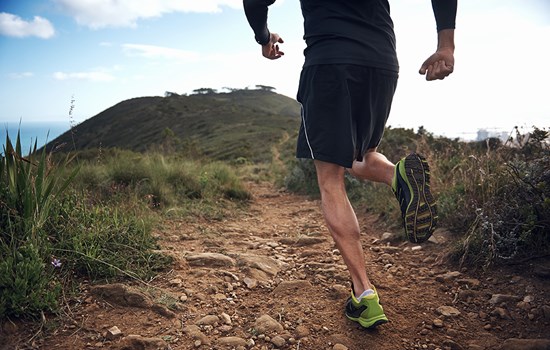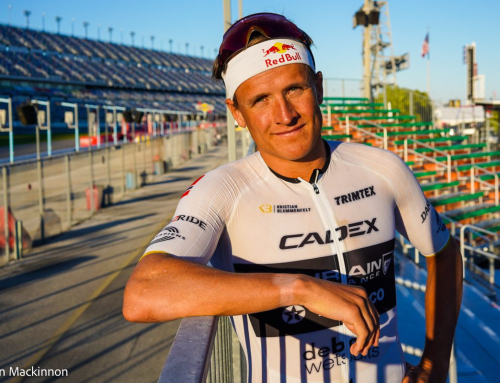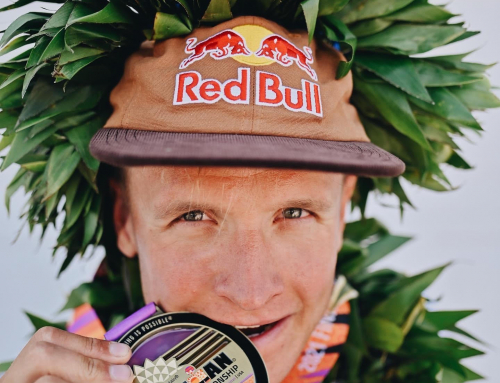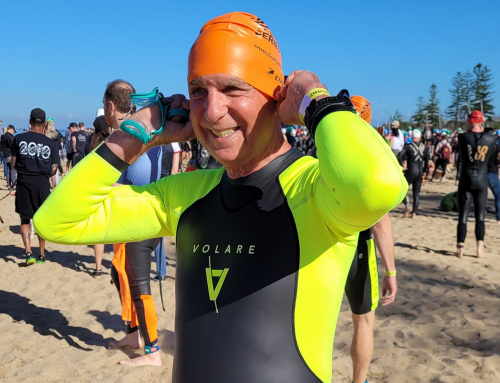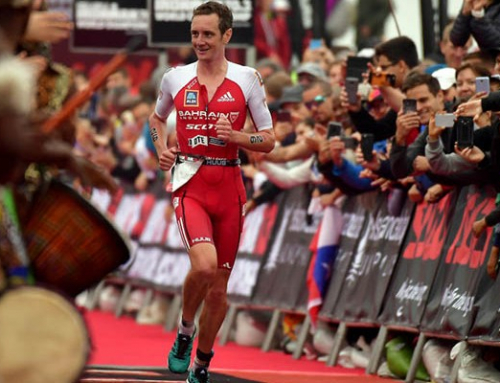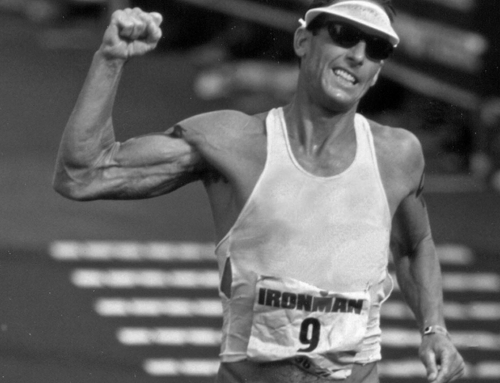Not easy explaining the science & benefits of altitude training, so I thought I would share this article written by Ben Griffin and Michael Chiovitti.
For me, it is proven science, I love it, I feel its benefits and that is only at 1700m with Falls Creek Victoria. That is why we are going back this year again from 28-12 until 08-01-16…
BY BEN GRIFFIN & MICHAEL CHIOVITTI
If there’s one thing we’ve learnt from professional cycling in the past decade or so, it’s that athletes are willing to look beyond the training track to find ways of improving their performance. But as Ben Griffin writes, there is a way of fast-tracking improvement that isn’t illegal (unless you’re in Italy): altitude training.
Whether it be elite endurance athletes (cyclists, triathletes, runners) preparing for a major competition, or AFL football teams at a pre-season training camp, athletes from different sports and from all around the world are using altitude training more than ever before.
And while we’ve heard much about altitude training in recent years, its use as a means of improving athletic performance is not new. Indeed, it’s been used by coaches and athletes for more than 40 years with much success.
The majority of elite level coaches started introducing various forms of altitude training around the time of the 1968 Mexico City Olympics (Mexico City lies at an altitude of 2,200m). And although coaches might not have been able to explain back then why altitude training worked, they knew it did work as it allowed their athletes to perform better.
Altitude training was therefore made into an integral part of an athlete’s preparation in another example of the science of coaching being ahead of the research.
Before we go any further, it’s worth covering the basics in case you haven’t heard much about this unique training method.
THE BASICS
The fundamental theory behind altitude training is simple: by exposing an athlete to an environment that is low in oxygen (a mountain top or simulated altitude room) the body will eventually adapt to this stress by getting more efficient at transporting and using oxygen (stronger respiratory muscles, more red blood cells and so on).
These adaptations are similar to those induced by regular exercise so it would be reasonable to assume that if altitude training accelerates the same physical changes as exercise then surely it works to improve performance. Simple right? Wrong!
The dispute among key altitude training experts isn’t whether or not altitude training works but rather what is the most effective application method. As with any form of training, what works for athlete A may not work for athlete B. Therefore an experienced coach must work with athletes on an individualised program, something that the world of altitude training research is yet to do.
The difficulty lies in the simple fact that every individual manages hypoxic stress (low oxygen levels) differently. There are only a few groups of coaches and research teams around the world that are starting to experiment with this unique system of hypoxic load management. For example, if athlete A is physically tolerant to lower levels of oxygen he/she requires a higher altitude in order to see the same results as athlete B who shows signs of oxygen deprivation at low levels of altitude.
So what are the different types of altitude training?
LIVE-HIGH/TRAIN-HIGH (ALTITUDE CAMPS)
Early research into altitude training indicated that we should train and live in real altitude to see the best results. This was until many athletes started returning from altitude camps in a de-trained state because the quality of their training and recovery was being compromised due to the lack of oxygen.
The majority of athletes that take part in these high altitude camps are constantly pushing the boundaries of over-training, where risk outweighs the benefits. If the athlete stays too high for too long their training can be overdone; if they stay too low for a short period it can be a waste of time and money.
The biggest issue with the Live-High/Train-High method is that athletes are unable to reproduce the necessary training intensity to improve performance. For example, if a cyclist needs to ride at 300W for their Anaerobic Threshold (AT) efforts at sea level, when at altitude (say, 2,500m-3000m) it may “feel” the same as sea-level yet they might only be pushing 200-250W.
The issue here is that the cyclist may in fact de-train due to never actually training at the physiological level of their AT. So when this cyclist returns to sea-level after altitude exposure and tries to ride the AT @ 300W it is going to feel extraordinarily hard as they have never actually pushed 300W since prior to going to altitude.
LIVE-HIGH/TRAIN-LOW (ALTITUDE SLEEPING)
In the early 1990s some researchers devised a new system that allowed athletes to benefit from altitude exposure without compromising the quality of their own individual training. This system was referred to as the Live-High/Train-Low method.
With this approach the athlete continues their normal training at sea-level during the day but in the evening he or she spends a minimum of 12 hours sleeping or resting at roughly 3,000m of altitude (usually achieved via an altitude tent or room) for 3-4 weeks
Research into sleeping at simulated altitude has shown this method to have a positive effect on performance in athletes. Various institutions, such as the AIS in Canberra, have altitude dormitories for athletes to sleep and live. Although this method works well, the benefits are lost within 2-3 weeks of ending the training (as with any training stimulus).
The other downsides to this method of exposure can include reduced sleep quality, suppressed immune function, expensive equipment with limited access requiring a large time commitment. During during my time with the Western Bulldogs Football Club we often looked at trying to incorporate this method into the pre-season. Although we knew it could work, the practicality of getting players to spend several weeks away from home, family and friends just didn’t allow for it.
LIVE-LOW/TRAIN-HIGH (ALTITUDE TRAINING)
This method is referred to as Intermittent Hypoxic Training (IHT) and it works on the premise that athletes remain living in their natural environment but complete 1-3 sessions a week of altitude training. This is achieved through training in a simulated altitude environment (altitude training chamber).
This is by far the easiest form of altitude training that a coach/athlete can integrate into their own training program. It allows for minimal disruption to an athlete’s home life and also means the athlete can complete the majority of their training sessions at sea level. As a result the athlete doesn’t need to reduce the quality of the sessions, yet he or she still allows for the physiological adaptations that occur through altitude exposure. Recently, the AIS published research suggesting that the addition of altitude exercise to a training program can improve performance more than altitude sleeping alone.
TAKE YOUR PICK
So which method of altitude training works best? Unfortunately that’s not a simple question to answer.
Both the Live-High/Train-Low and Live-Low/Train-High methods have strong research to suggest they elicit good improvement in an athlete’s performance. For most people considering using altitude training (as with most sport science practices) you really need to consider the practicalities of which method is going to be most beneficial for you.
The issue with the Live-High/Train-Low method is that it’s hard to get access to these facilities — which often come at a high cost — and with the chance of overtraining, you could argue it’s not worth the risk.
Simulated altitude training (IHT) on the other hand is relatively inexpensive, flexible and subtle, which means it can complement an existing training program without affecting your entire lifestyle. So with IHT you don’t require the same level of commitment from a financial and time perspective, meaning it is probably the best option for most people out there.
PRACTICAL APPLICATIONS
As a coach and physiologist who applies altitude training to a number of different athletes, there are some general guidelines I have learnt from experience:
– After an extended block of altitude training there is a general “flattening” of performance once altitude training is ceased, usually within a 3-10 day timeframe. As an athlete you have two options here: either plan to compete your event immediately (within three days) of ceasing altitude training, or wait for 10-14 days after finishing altitude training before undertaking your race. This ensures your body has been able to recover fully from the physiological stress of being at altitude
– Reduce the workload of your training sessions when at altitude. One of my favourite sessions for cyclists is 8 x 5 minutess at AT (anaerobic threshold) with a 1 minute recovery. If you would normally complete these 5-minute efforts at 300W at sea-level then you must reduce this when at altitude. You can do this several ways: reduce the effort to 200-250W, reduce the 5-minute efforts to 3-4 minute efforts or (3) extend the recovery between efforts from 1 minute to 2-3minutes. All of the above methods would be a great way to begin your initial exposure to altitude training
– Everyone tolerates altitude differently when they are first exposed to it. Be sure to complete some form of altitude tolerance testing prior to beginning any altitude training. This will mean you can be more specific in how aggressive or conservative you need to be with your training prescription.
LEGAL & ETHICAL ISSUES
It is also worth discussing some of the legal and ethical issues associated with simulated altitude training. The International Olympic Committee has banned the use of simulated altitude training devices within the confines of Olympic village since Sydney 2000. Similarly, the Italian Health Ministry has banned the use hypobaric/hypoxic devices since 2005.
WADA has also previously considered adding the use of simulated hypoxic devices to its banned list because a number of convicted “dopers” in the cycling world used altitude training as a means of defence against their doping charges. Earlier this year the infamous Michele Ferrari said Lance Armstrong could have achieved the same levels of performance-enhancement through altitude training as he did from his doping practices.
While it’s unclear whether this is true or not (these articles dispute this statement; part 1, part 2) , it is true that altitude training can increase the body’s production of red blood cells. The difference between altitude training and taking EPO, though, is that the body has natural checks and balances that mean adaptations to altitude training are done slowly and safely. The injection of EPO, on the other hand, can throw the the body’s natural balances out, leading to range of adverse health outcomes.
Importantly, WADA conducted a scientific and ethical review of simulated hypoxic practices in September 2006 and deemed it was inappropriate to add these methods to the list of banned practices.
So, it would seem that altitude training is here to stay. And as with every aspect of sports science, there’s still plenty more for us to learn.
http://cyclingtips.com.au/2013/03/explaining-the-science-of-altitude-training/


